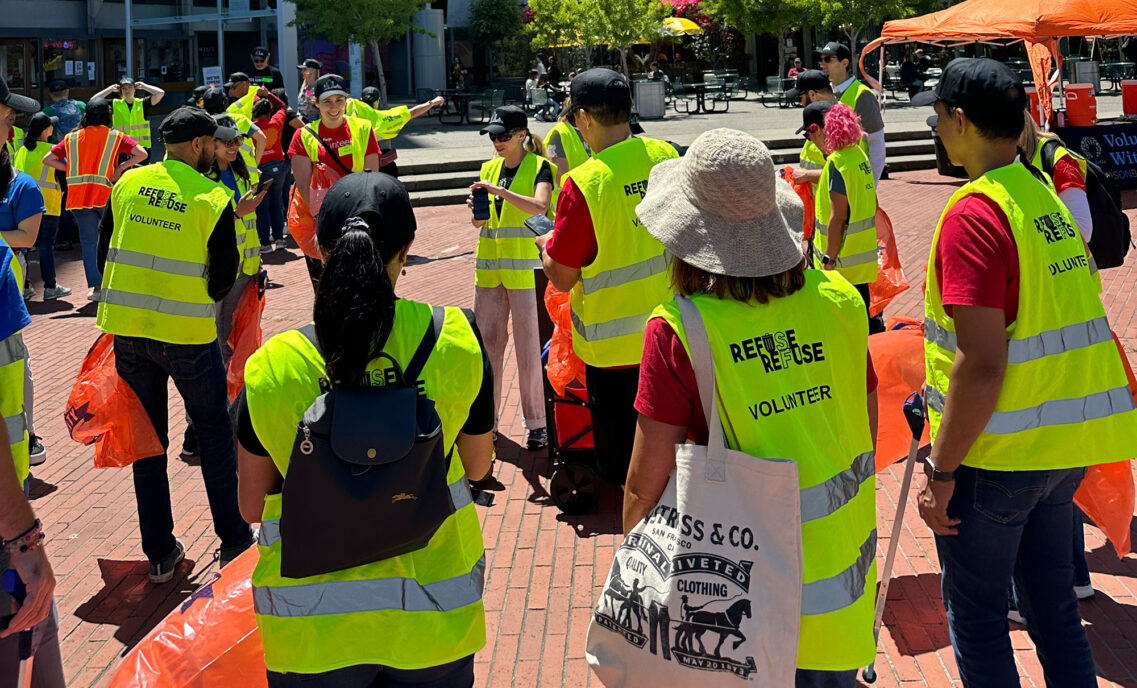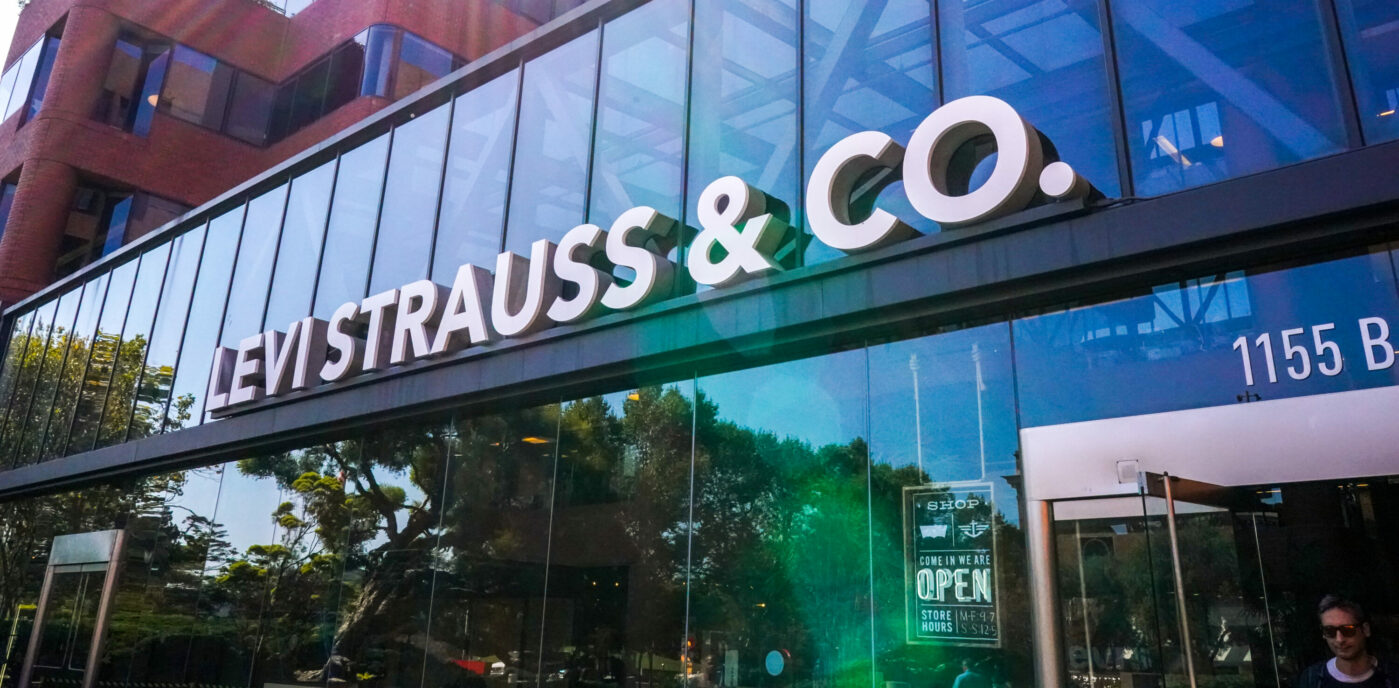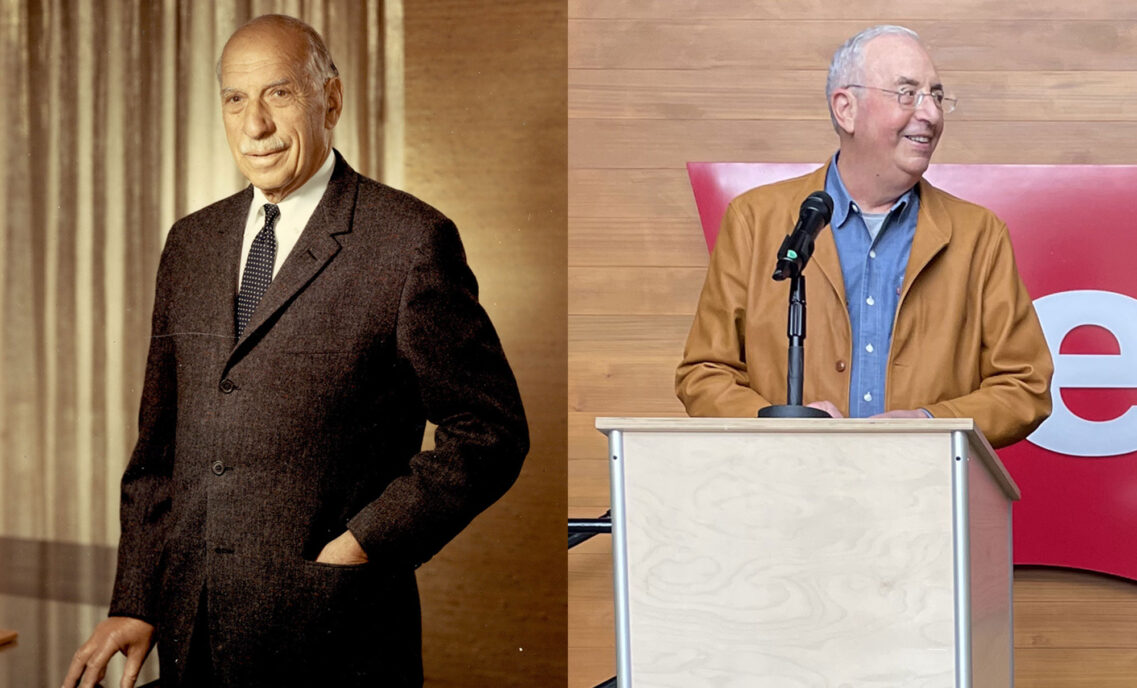In 2006, John and Cynthia Hardy decided to change the world. To do so, the couple created Green School, a pioneering school in Bali, Indonesia where education and sustainability go hand-in-hand.
John and Cynthia founded the Green School to change the traditional idea of a school and help students go beyond the walls of a classroom. Green School students are encouraged to learn by engaging with nature. Their goal? “Our vision is of a natural, holistic, student-centered learning environment that empowers and inspires our students to be creative, innovative, green leaders,” reads the school’s vision statement.
By utilizing sustainable structures and an environmentally-focused curriculum, the school encourages students to think outside of the box. Green School draws students from around the world—387 currently enrolled from over 30 countries. In addition to serving as a model for living sustainably, a central tenet of Green School’s mission is to contribute positively to the local community, and help to build a stronger community and culture through local engagement. That is why of those 387 students, 15 percent of them are Indonesian, some of whom are recipients of the school’s Local Scholar scholarship program.
As for the school’s building itself, the Green School physically embodies its values. Crafted entirely from bamboo and designed in the shape of a double helix, John calls it “a cathedral to green education.”
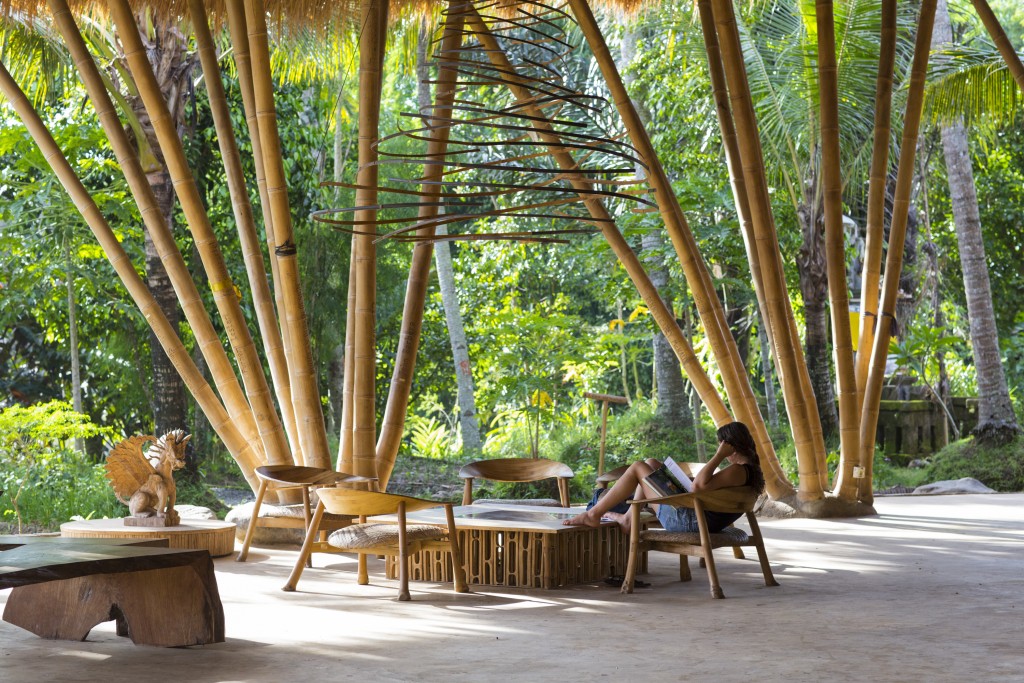
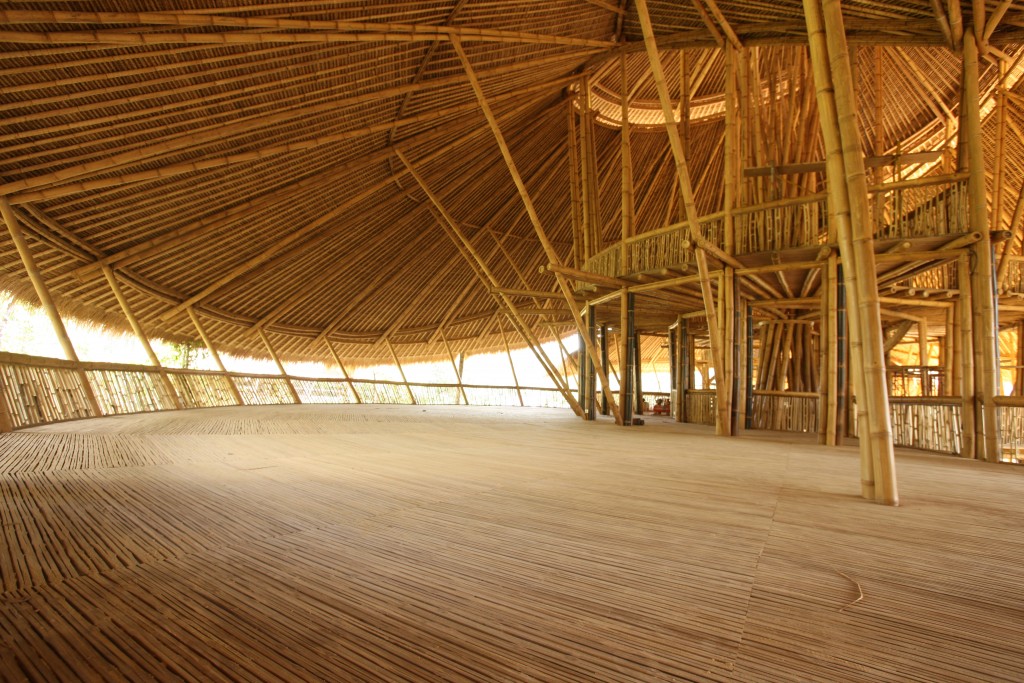
“The classrooms have no walls,” said John, during his 2010 TED talk. “The teachers write on a bamboo blackboard. The desks are not square. At Green School, the children are smiling.”
The classroom also continues outside, to the gardens where students harvest ingredients for lunch and the roads where students have helped to create a Bio Bus that operates on used cooking oil. These projects are intended to build on the classroom education, to enrich it, rather than to have outdoor activities distract from classroom learning.
If students graffiti their desks, they’ll also learn the art of sanding and polishing, in order to understand that environmental stewardship begins in the classroom. “We have to teach the kids that the world is not indestructible,” John said.
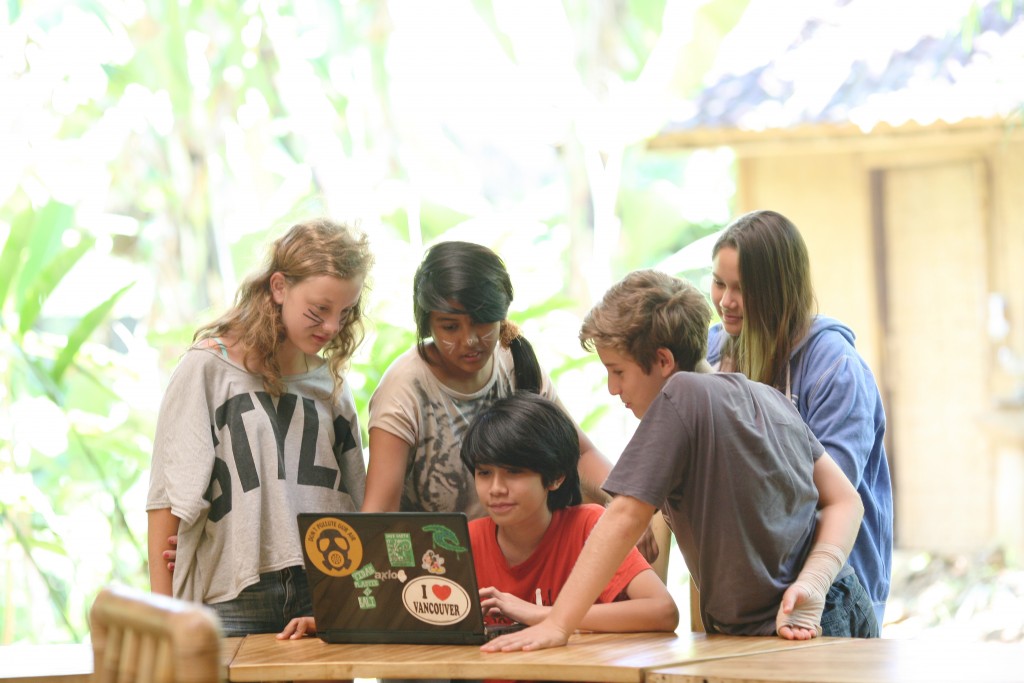
Students are encouraged to bring lessons home with them. Many parents, equally committed to the Green School’s philosophy, live in the surrounding area. Boarding students live in bamboo dorms equipped with composting toilets and showers. Students learn quickly to compost, sort recycling, and help out in the kitchen preparing Balinese and Western meals from the gardens.
While this may sound like an idyllic utopia, John emphasizes that this idea can be translated around the world to introduce this sustainable lifestyle and curriculum into any environment. His rules: be local, let the environment lead, and think about how your grandchildren will be building the future.
John recently reflected on how the experience of building Green School has surprised and changed him. “I never imagined how quickly or thoughtfully the Green School would evolve,” John told Unzipped. “Every day I am surprised by new, creative ideas our students bring up to become even more sustainable. These students are growing into leaders who know how to coexist with the world and think bigger than any generation before them.”
This is part of an ongoing series designed to feature people who are changing the world. Our Modern Day Pioneers are impacting everything from culture to social issues to the environment, and they’re challenging the status quo in a unique way. We hope these stories will inspire and empower you to live your life to its fullest in Levi’s®.
Want more stories like this? Sign up for our weekly Unzipped email or view more stories from our Modern Day Pioneers series.
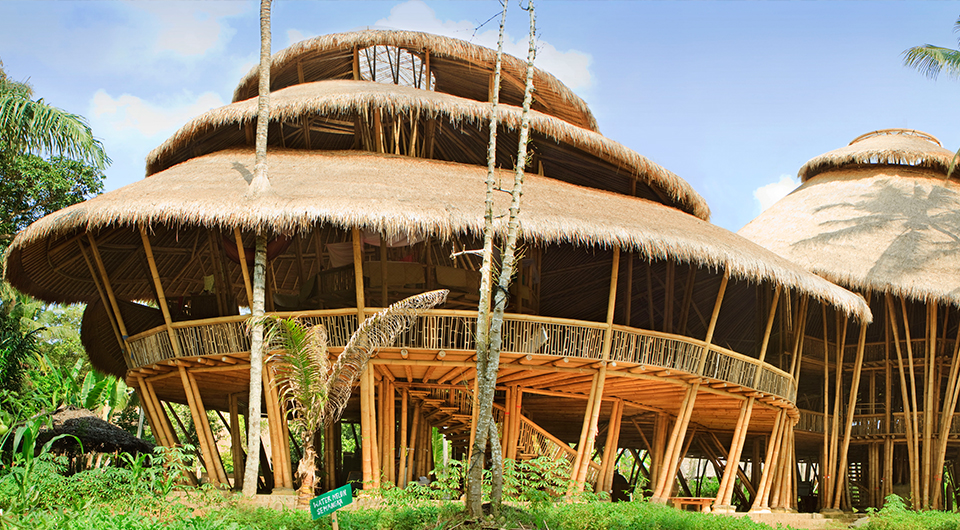
Green School: A Sustainable Utopia in Bali and Modern Day Pioneer
March 1, 2016



